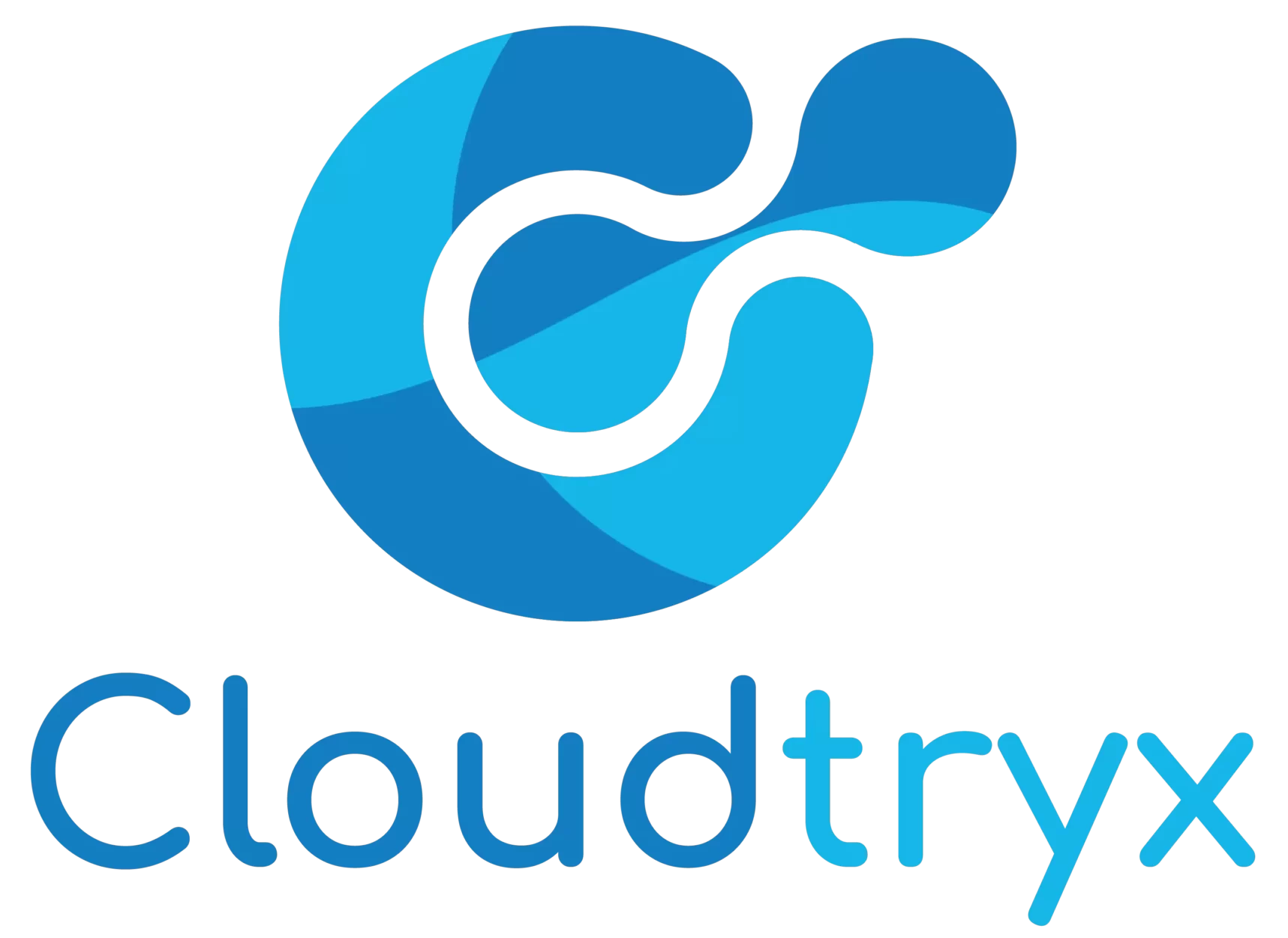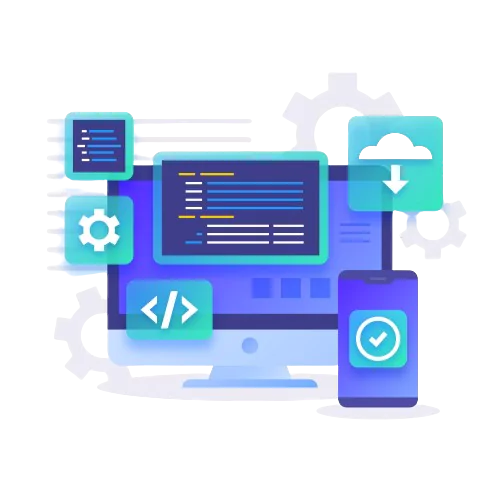The Future of Invoicing: Trends and Innovations in Invoice Software
In the fast-paced world of business, where efficiency and accuracy are paramount, choosing the right invoice software can make a significant impact on your financial operations. Whether you’re a small business owner, freelancer, or part of a larger enterprise, finding a solution that aligns with your unique needs is crucial. This guide aims to walk you through the essential considerations and features to ensure you make an informed decision.
1. Identify Your Business Needs:
Before diving into the multitude of invoice software options, take a moment to assess your business requirements. Consider factors such as:
- The volume and frequency of your invoicing.
- Specific billing features you need (recurring invoices, late payment reminders, etc.).
- Integration with other tools, such as accounting software or project management platforms.
2. Scalability:
Choose an invoice software that can grow with your business. Scalability is key, especially if you anticipate an increase in clients, transactions, or the complexity of your billing processes.
3. User-Friendly Interface:
A user-friendly interface is crucial for seamless adoption by you and your team. Look for software with an intuitive design that doesn’t require a steep learning curve.
4. Automation and Time-Saving Features:
Efficiency is at the heart of good invoicing software. Seek solutions that offer automation for recurring invoices, automatic payment reminders, and other time-saving features to streamline your workflow.
5. Customization Options:
Your invoices should reflect your brand identity. Choose software that allows for customization of templates, colors, and branding elements to maintain a professional appearance.
6. Security Measures:
Protecting your sensitive financial information is non-negotiable. Ensure the software employs robust security measures, including encryption protocols and secure server hosting, to safeguard your data.
7. Cost and Affordability:
Understand the pricing structure of the software. Consider not only the initial costs but also any additional fees, such as transaction fees for online payments. Choose a solution that aligns with your budget and offers good value for money.
8. Customer Support and Training:
Look for software providers that offer excellent customer support and training resources. Having access to reliable support ensures you can quickly resolve any issues and make the most of the software’s features.
9. Integration Capabilities:
Consider your existing tech stack and look for invoice software that seamlessly integrates with other tools you use, such as accounting software, CRM systems, or project management platforms.
10. User Reviews and Recommendations:
Explore user reviews and testimonials to gain insights into the real-world experiences of businesses similar to yours. Pay attention to both positive and negative feedback to make a well-rounded assessment.


